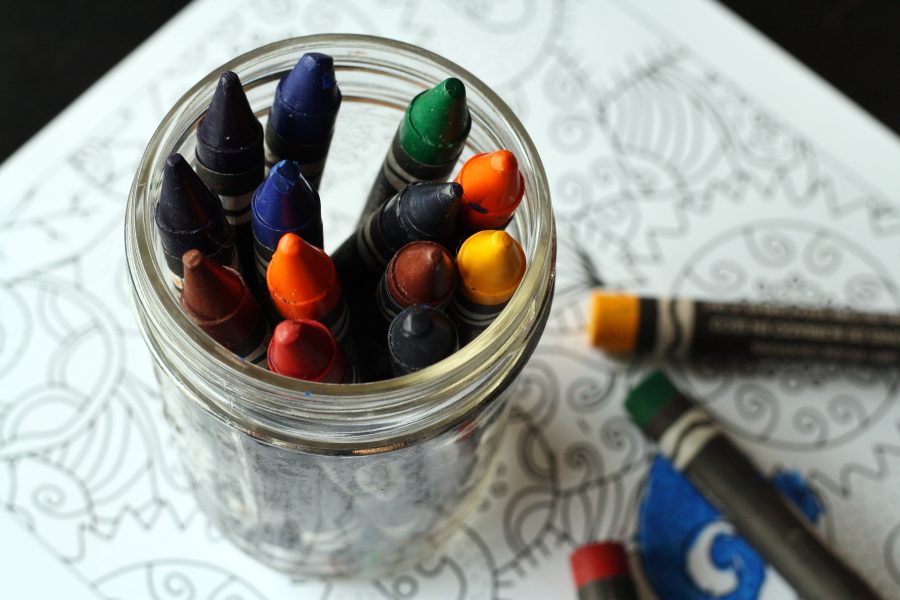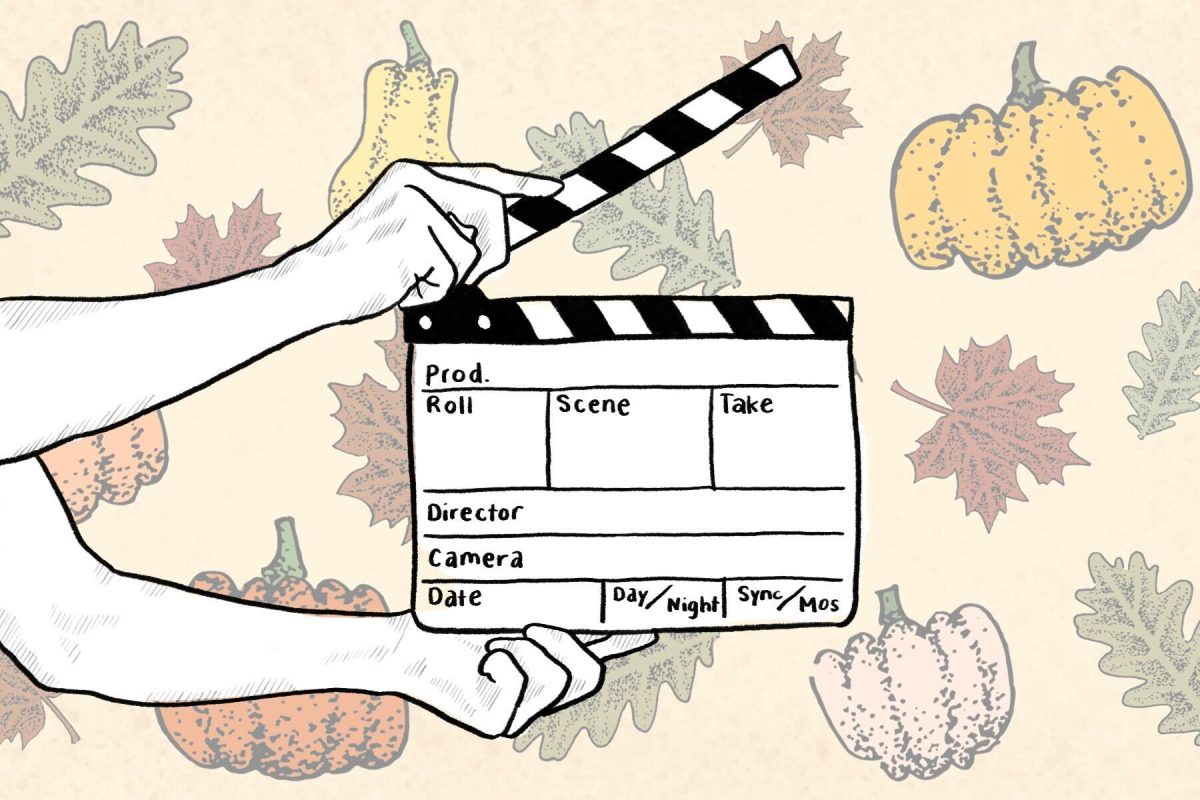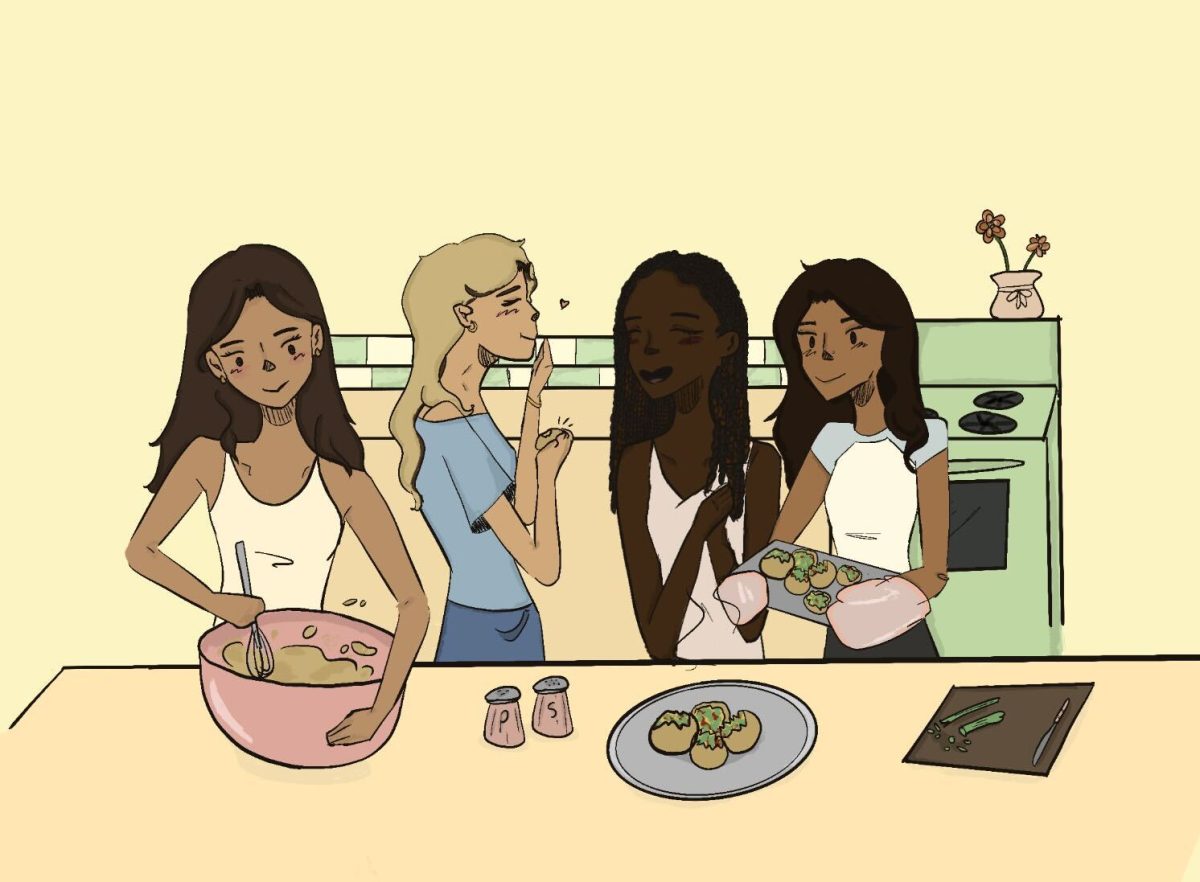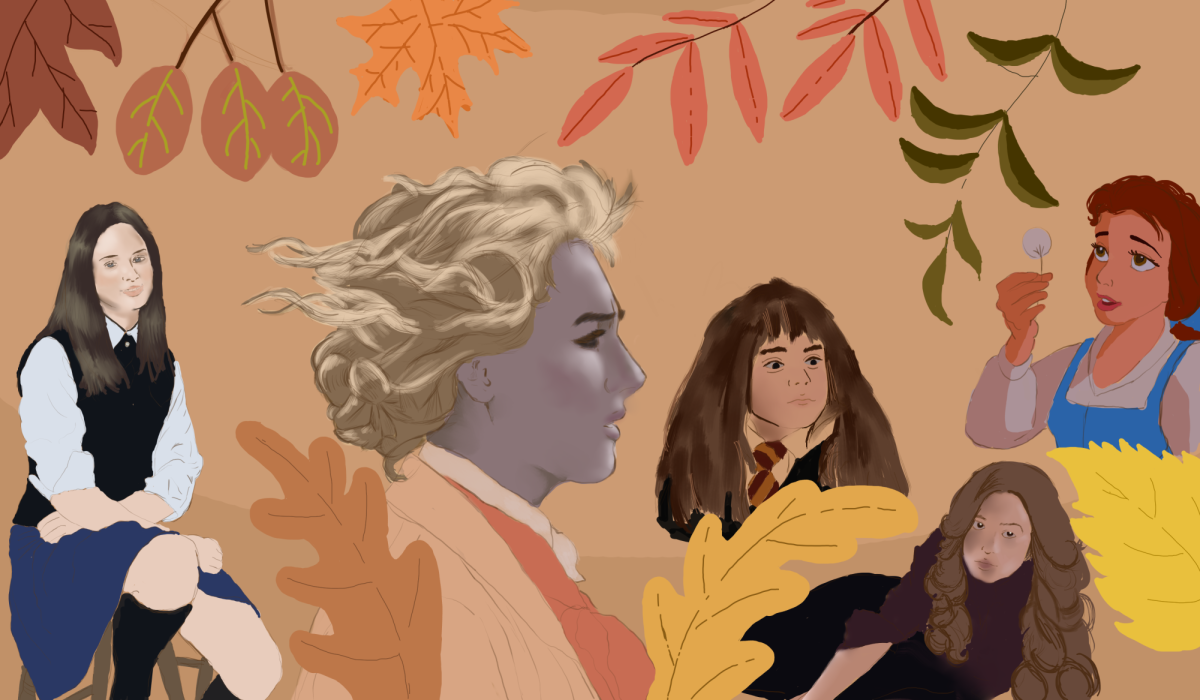Adult coloring books have been a recent trend among those looking for new ways to destress, but is it really worth the time of a UC San Diego student? I decided to make a deal with myself: I would color every day for a week, then decide if I should incorporate coloring into my daily routine.
Before beginning my challenge, I decided to take a look at the research on coloring for adults. Across online articles, there was a consensus that coloring is a loose form of art therapy. Coloring is said to reduce anxiety, increase focus, and promote mindfulness. Many studies have found that coloring every day was correlated with less anxiety and depression. Art therapy can be expensive and difficult to find (San Diego does not have a sole facility dedicated to art therapy), so it might be worth spending a couple extra dollars on an adult coloring book instead. While coloring as a child was a stressful experience (I was strictly a color-outside-the-lines child), maybe coloring as an “adult” would help me deal with the daily stresses of being a college student.
To get started, I purchased a coloring book called, “Tropical Wonders Color Art for Everyone,” because it had an aesthetically pleasing picture of palm leaves, but I failed to flip through and see if there were any other pages that intrigued me. When selecting a coloring book, I would strongly suggest picking a coloring book that is interesting to you. I also decided to invest in some good colored pencils (Prismacolor colored pencils are around $15 at most retailers) because of my childhood trauma of coloring with school pencils that needed to be forcefully pressed for the color to show. This purchase is unnecessary if you’re not impatient like me.
The first few days were rough. I was mostly thinking about all the work I could be doing instead of coloring in the corner of my room on a Sunday night. Initially, I did not put a time limit on the coloring, so I spent over an hour trying to finish one page of what felt like a billion toucans. I also found that my colored pencils were not as easy to work with. The next day, I broke my promise and refused to color because I was “too tired.”
I initially did not want to set a timer on the coloring process because I felt like it would make this challenge feel more like a chore, so I decided to assign a small section to each day. This way, I only colored for about 15 minutes, but I was immediately less stressed out compared to the first day. I was still a little annoyed at the toucans and questioned the design, but I felt that if I had not taken years of art in high school, I probably would not be thinking in this way.
Things began to get a bit easier a few days into the challenge. While it was a bit difficult to find the motivation to begin, coloring was more enjoyable once I was settled down. I began to focus less on the way my coloring looked and more on keeping my mind calm.
So, is adult coloring bogus or totally worth it? I would say somewhere in between. If you’re artistically inclined but do not have much experience in art, this could be for you. But for people who don’t like art, or for people who have spent years making art, this can be a little stressful. While I will not be jumping to incorporate this into my everyday routine, I would encourage everyone to try it at least once to see if it works for them.








